Email Marketing: Simplify Your Life with These Tips

Email marketing is a powerful tool that can make your life easier in many ways. As someone who has worked in marketing for several years, I've seen firsthand how effective email campaigns can be for businesses of all sizes. Whether you're looking to increase brand awareness, drive sales, or build relationships with customers, email marketing can help you achieve your goals.
One of the biggest advantages of email marketing is automation. With the right tools, you can set up automated campaigns that will send targeted messages to your subscribers at the right time. This can save you a lot of time and effort, as you won't have to manually send emails to each individual on your list. Instead, you can focus on creating high-quality content that will engage your audience and drive conversions.
Another benefit of email marketing is the ability to send newsletters. Newsletters are a great way to keep your subscribers informed about your business and industry. You can use newsletters to share news, updates, and exclusive content that your subscribers won't find anywhere else. This can help you build a loyal following and establish yourself as an authority in your field. Overall, email marketing is a powerful tool that can help you achieve your marketing goals and make your life easier in the process.
Why Email Marketing is Important
As a marketer, I have found that email marketing is an essential tool for building my brand and growing my audience. Here are a few reasons why email marketing is important:
Building Your Brand
Email marketing is a great way to build your brand and establish a relationship with your audience. By sending personalized and relevant emails, you can create a connection with your subscribers and build trust. This can help you establish your brand as an authority in your industry and increase brand awareness.
Email marketing is also an effective way to grow your audience. By creating targeted email campaigns and offering valuable content, you can attract new subscribers and keep them engaged. You can also use email marketing to promote your products and services, which can help you generate leads and increase sales.
Strategy
To make the most of email marketing, it's important to have a solid strategy in place. This includes creating a strong email list, segmenting your subscribers, and creating targeted campaigns. You should also track your metrics and adjust your strategy as needed to ensure that you are getting the best results.
Email List
Your email list is the foundation of your email marketing campaign. It's important to build a quality list of subscribers who are interested in your brand and content. You can do this by offering valuable content and incentives for subscribing, such as exclusive discounts or free resources.
Marketing Campaign
Creating a successful email marketing campaign requires planning and strategy. You should create a clear goal for each campaign and tailor your content and messaging to your audience. You can also use automation and segmentation to ensure that your campaigns are targeted and effective.
Overall, email marketing is an essential tool for any marketer looking to build their brand and grow their audience. By creating targeted campaigns and offering valuable content, you can attract new subscribers and keep them engaged. With a solid strategy in place, you can maximize the benefits of email marketing and achieve your marketing goals.
As an email marketer, I know that email campaigns can be an effective way to reach out to potential customers and keep existing ones engaged. However, creating an effective email campaign is not always easy. Here are a few things I keep in mind when crafting my email campaigns:
Creating Effective Email Campaigns
The first step in creating an effective email campaign is to define your goals. What do you want to achieve with this campaign? Is it to drive traffic to your website, promote a new product or service, or simply keep your subscribers engaged? Once you have a clear goal in mind, you can start crafting your message.
One important aspect of any email campaign is the subject line. This is the first thing your subscribers will see when they receive your email, so it's important to make it attention-grabbing and relevant. A good subject line can increase your open rates and ultimately lead to more conversions.
Another important aspect of an effective email campaign is the email template. Your email should be visually appealing and easy to read. I like to use email marketing tools like Mailchimp to create professional-looking templates that are optimized for deliverability and engagement.
Measuring Success
Once you've sent out your email campaign, it's important to measure its success. This will help you understand what worked and what didn't, and allow you to make improvements for future campaigns.
Some key metrics to track include open rates, click-through rates, and conversions. These metrics can help you understand how engaged your subscribers are with your content, and whether your email campaign is driving the desired actions.
In addition to these basic metrics, it's also important to track more advanced metrics like ROI and social media engagement. These metrics can help you understand the broader impact of your email campaign on your business.
Overall, email campaigns can be a powerful tool for any business looking to engage with customers and drive conversions. By creating effective campaigns and measuring their success, you can ensure that your email marketing efforts are delivering the results you need to grow your business.
Optimizing Your Emails
As an email marketer, I know that optimizing emails is crucial for a successful campaign. Here are some tips to help you design effective emails, segment your email list, choose the right send time, and A/B test your emails.
Designing Effective Emails
When designing your emails, it's important to keep in mind that most people receive a lot of emails every day. To make your email stand out, you should:
Use a clear and concise subject line that accurately reflects the content of your email
Use a clean and simple design that is easy to read and navigate
Include a clear call to action that encourages the reader to take action
Using customizable templates and a code editor can make it easier to create professional-looking emails that are consistent with your brand.
Segmenting Your Email List
Segmenting your email list can help you send more targeted and personalized emails that are more likely to be opened and clicked. You can segment your list based on:
Demographics (age, gender, location, etc.)
Behavior (opens, clicks, purchases, etc.)
Interests (products, services, content, etc.)
Segmenting your list can also help you avoid sending irrelevant emails to subscribers, which can lead to unsubscribes and spam complaints.
Choosing the Right Send Time
Choosing the right send time can have a big impact on the success of your email campaign. You should consider:
Time zone differences
The day of the week
The time of day
A/B testing your send time can help you determine the optimal time to send your emails.
A/B Testing Your Emails
A/B testing your emails can help you optimize your email content to increase opens, clicks, and conversions. You can test:
Subject lines
Call to action buttons
Images
Offers
To get accurate results, you should only test one variable at a time.
Remember, email marketing is an affordable and effective way to increase sales and build relationships with your customers. By optimizing your emails, you can improve the effectiveness of your email campaigns and achieve better results.
Conclusion
In conclusion, email marketing can make your life easier in many ways. As I have discussed throughout this article, email marketing can help you automate your marketing efforts, allowing you to save time and focus on other aspects of your business.
By utilizing the right automation tools, you can set up targeted campaigns that reach your desired audience, whether it be current customers or potential leads. This allows you to tailor your messages and increase the chances of engagement and conversion.
It's also important to remember the importance of relevant content and a strong call-to-action in your email campaigns. By providing valuable information and a clear next step, you can increase the chances of your audience taking action.
Overall, email marketing is a powerful tool that can help you streamline your marketing efforts and achieve your business goals. With the right strategy and tools in place, you can take advantage of this effective marketing channel and see the results for yourself.
Tim Moseley








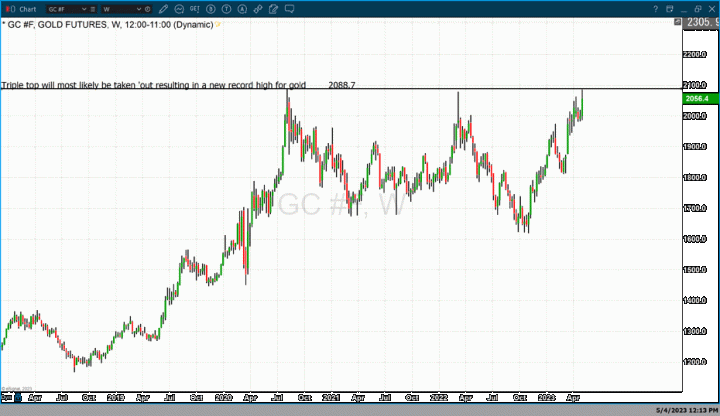
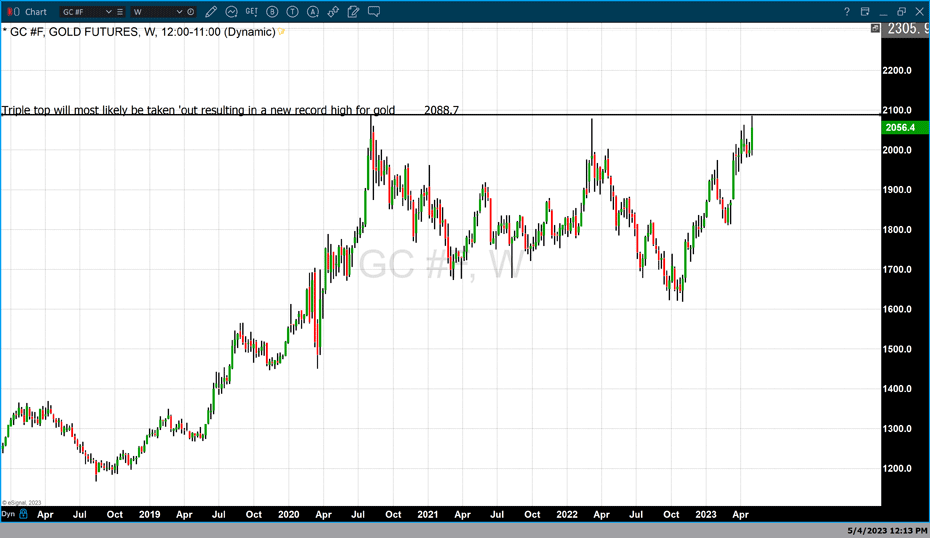

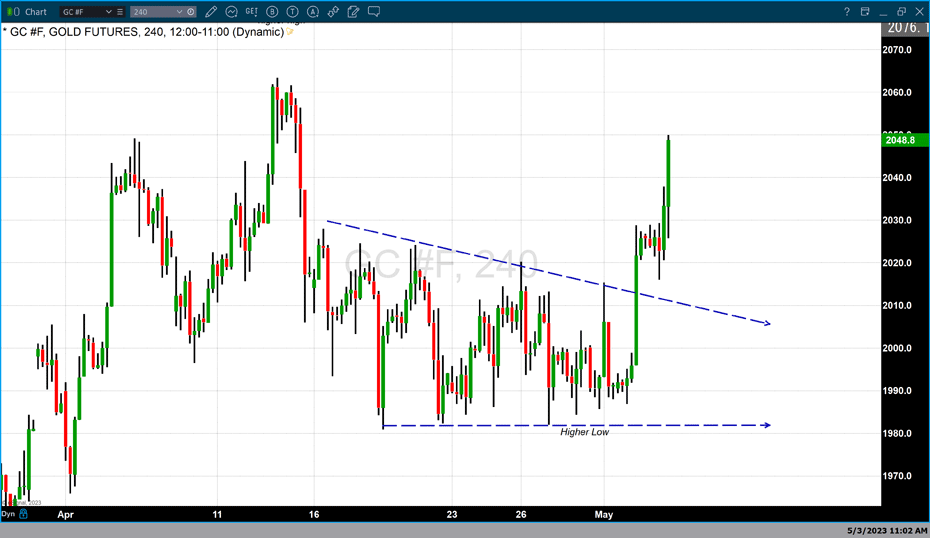




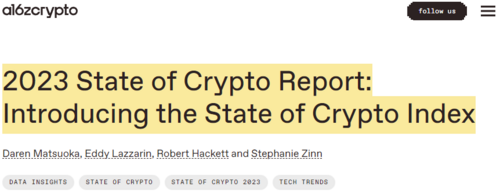

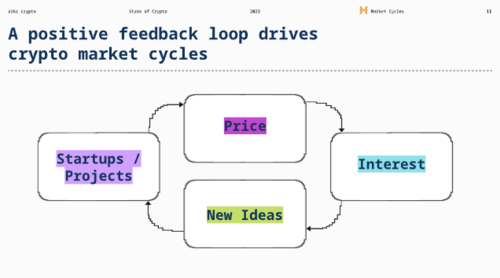
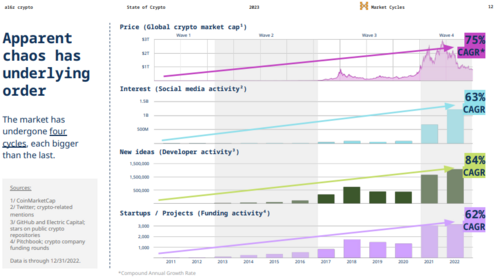
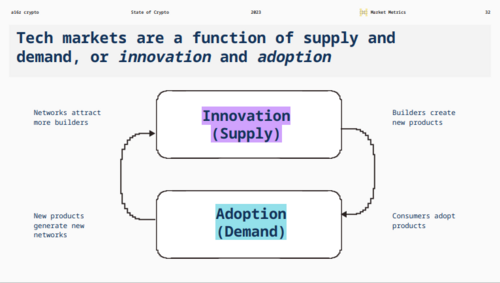
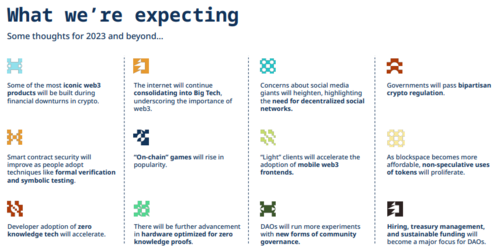
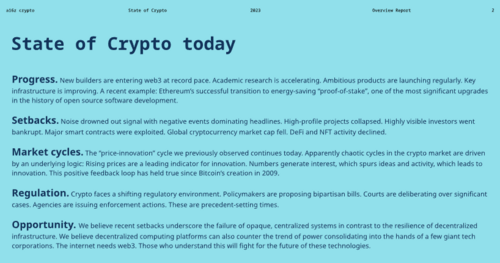


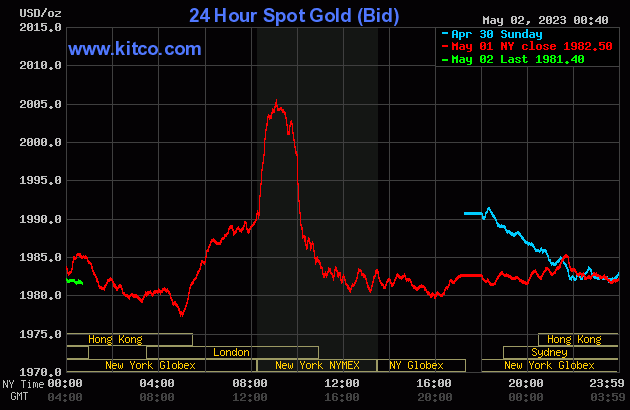
 S&P 500 will crash 20% as 'panic' sets in and gold hits $2,300 in 2023, Fed will cause 'more tremors' in banking sector – Gareth Soloway
S&P 500 will crash 20% as 'panic' sets in and gold hits $2,300 in 2023, Fed will cause 'more tremors' in banking sector – Gareth Soloway
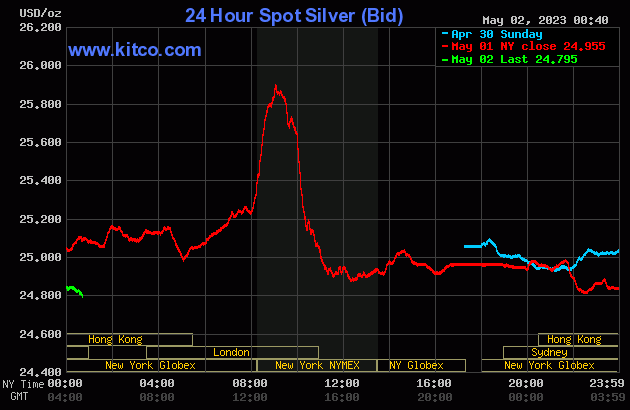
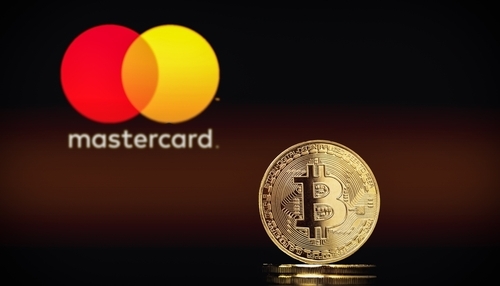
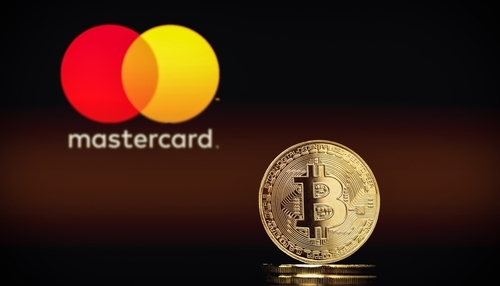 Mastercard has announced the launch of Crypto Credential in an effort to establish a set of common standards and infrastructure that will help attest trusted interactions among consumers and businesses using blockchain networks.
Mastercard has announced the launch of Crypto Credential in an effort to establish a set of common standards and infrastructure that will help attest trusted interactions among consumers and businesses using blockchain networks.